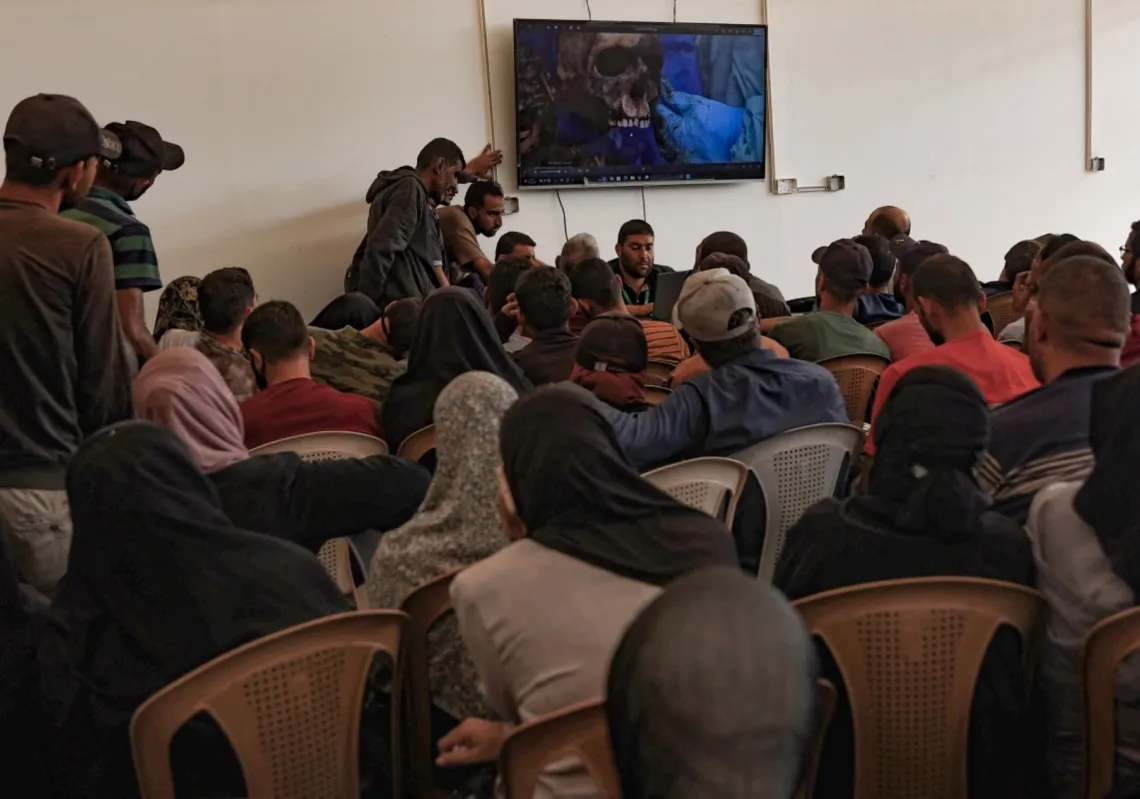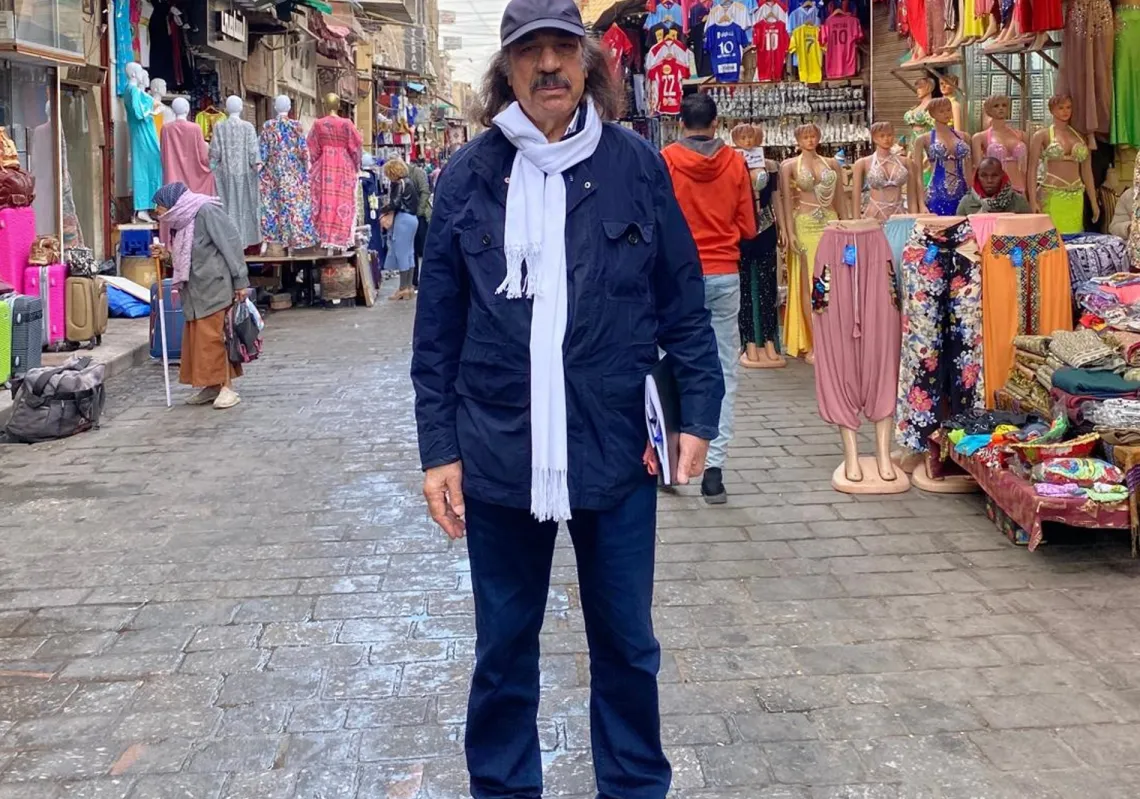US President Donald Trump’s proposal to transfer Palestinians from Gaza and then rebuild the Strip shocked the war. Rejected by the Arab world and much of the international community, it was praised by Israel’s Prime Minister Benjamin Netanyahu, who said it could “change history” and was the “first original idea (on Gaza) in years”.
According to The New York Times, Trump had no meetings or discussions to explore the practicalities or legalities of his proposal to “own” Gaza and displace its two million residents before announcing it at a press conference. His team did not study the feasibility of the proposal nor the level of potential US involvement in it.
Yet the idea did not come from nowhere. Jared Kushner, Trump’s son-in-law and first-term advisor, said in February 2024 that “Gaza’s waterfront could be very valuable”. In an interview with the Middle East Initiative, a Harvard University’s Kennedy School of Government programme, he suggested transferring Gaza's Palestinian population to Egypt.
Sensing an opportunity
The idea seems to have resonated with Trump who, like Kushner, is a real estate developer. In a radio interview shortly before his election win, Trump suggested that Gaza could be “one of the best places in the world”, but the Palestinians “never took advantage” of its Mediterranean coastal location. It could be “better than Monaco,” he added, because it had “the best location in the Middle East”.
Trump unveiled his idea that America de-populate, take, and develop Gaza when hosting Netanyahu at the White House on 11 February 2025. Yet the seeds had been outlined six months earlier in a paper prepared by George Washington University professor Joseph Pelzman.
The paper was presented at a joint meeting of the International Trade and Finance Association (ITFA) and the Centre of Excellence for the Economic Study of the Middle East and North Africa (CEESMENA) in Jerusalem on 15 August 2024. The report, titled An Economic Plan for the Reconstruction of Gaza: A Build-Operate-Transfer Approach, was shared with Trump's team, who were being asked to think outside the box to end the war.
It proposes a Build-Operate-Transfer (BOT) model for the reconstruction of Gaza and the private provision of public services. The paper sees this as an economic, rather than a political, issue and treats the Gaza Strip as a failed economic entity in need of investment and structural reforms.
GWU economics professor Joseph Pelzman wrote detailed proposal in August 2024 for Trump’s team; says ‘you have to destroy the whole place, restart from scratch’ https://t.co/pQ5t5xfGaA
— Karol Cummins - New Acct (@karolcummins) February 7, 2025
Outlining an idea
The paper proposes that foreign investors finance and manage the reconstruction of Gaza under at least a 50-year lease before handing control back to a local administration. Writing in December 2024, Pelzman said: “Since Israel’s unilateral withdrawal in 2005 left the Oslo architecture in place, we can begin to lease Gaza to equity shareholders for a minimum of 50-100 years.” Investors would own equity stakes in the development projects, giving them a vested interest in Gaza's economic success.
The civil administration of Gaza would be contracted out to investors or their representatives to provide public services, while Gaza’s economy would be rebuilt around three pillars: tourism (after the development of luxury beachfront resorts along the Mediterranean coast), agriculture (using modern irrigation and desalination systems) and technology, where it would become a regional hub.
Gaza's education system would be overhauled, adopting a model similar to the UAE, Bahrain, and Saudi Arabia, with a curriculum developed under international oversight and aligned with the Singapore International Baccalaureate model. Educators would be brought in from abroad, extremist ideologies would be eliminated, and young people would be prepared for jobs in tourism, agriculture and technology.
Paying taxes and registering documents would be done online through a newly developed system of e-governance. Physically, the Strip would be thoroughly excavated to remove all underground military tunnels built by Hamas. Residential complexes would be built on the eastern side of Gaza utilising solar power for electricity generation, while resorts and restaurants would line the coast. Between the two, there would be a series of agricultural greenhouses.










